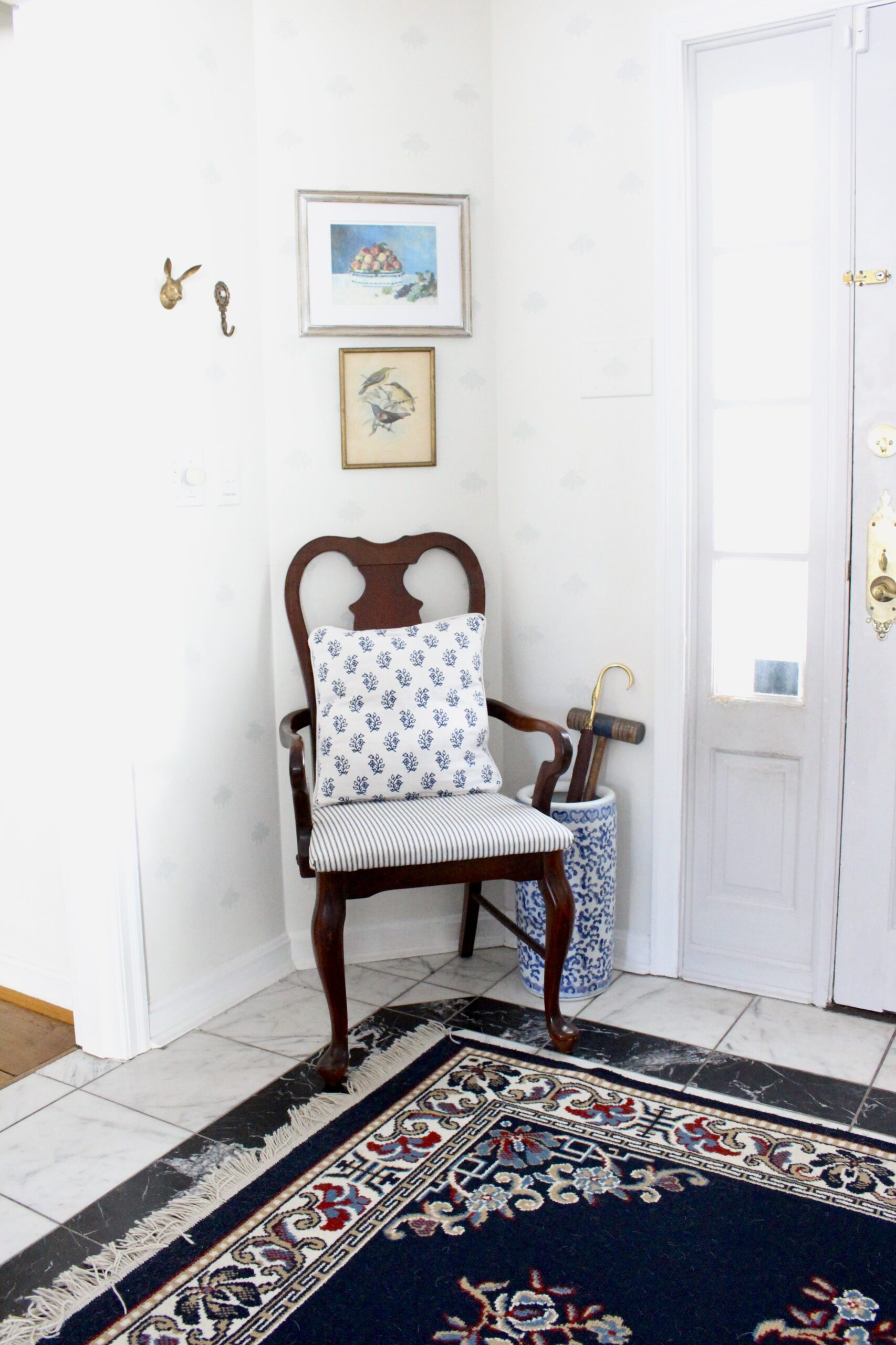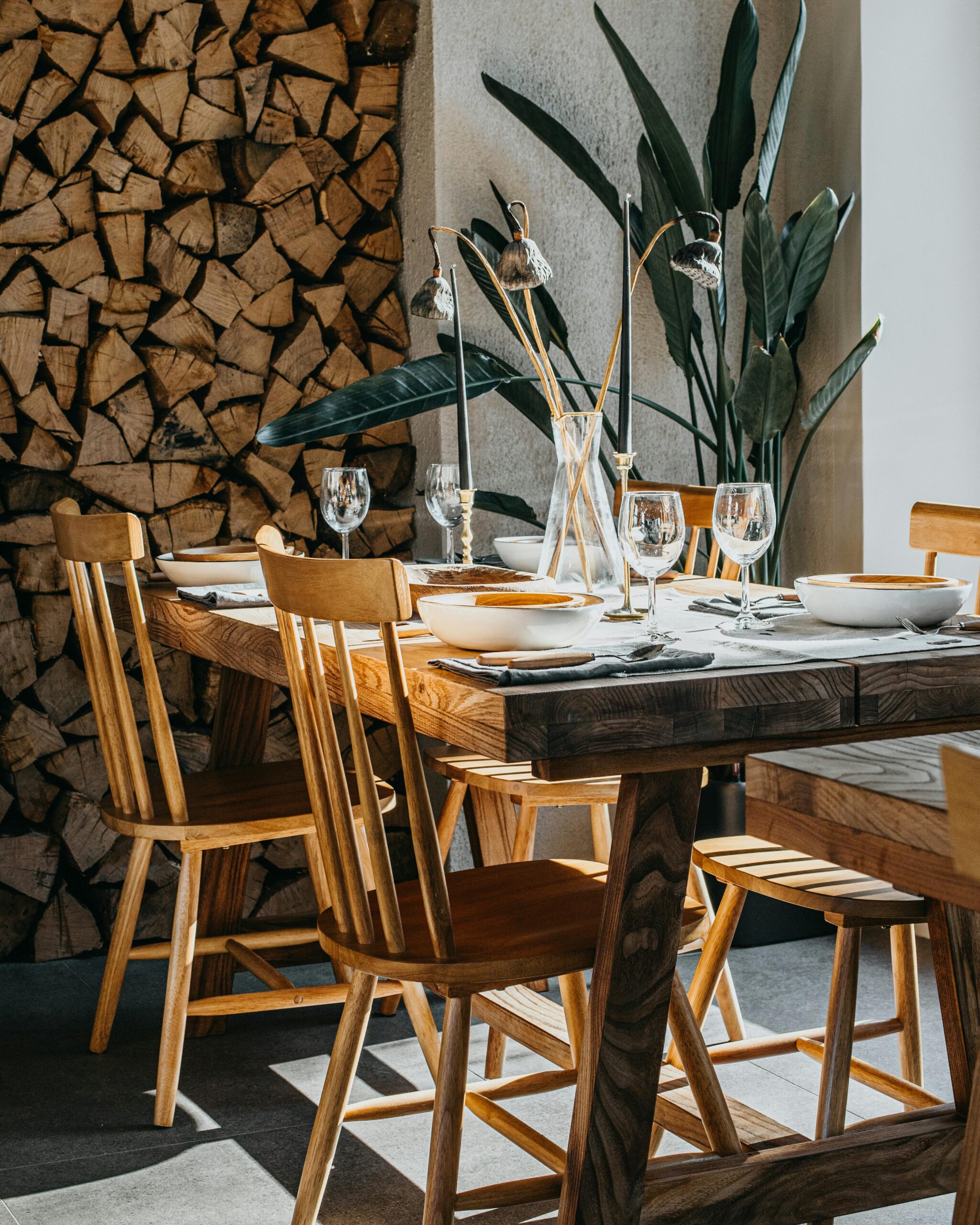Aging in Place: The Role of Renovations in Sustainable Home Living
As the population ages, the concept of “aging in place” has gained significant importance. Many seniors choose to remain in their homes rather than move to assisted living facilities or nursing homes. This choice preserves their independence and sense of familiarity and has significant implications for sustainability.
In this article, we will explore the role of renovations in sustainable home living for seniors.
Renovations for Accessibility and Safety
One of the primary considerations when aging in place is ensuring that the home is safe and accessible. Homeowners often enlist the services of a home inspection company to identify potential hazards and recommend necessary renovations. These renovations include installing bathroom grab bars, widening doorways to accommodate wheelchairs or walkers, and replacing slippery flooring with non-slip options.
By making these changes, seniors can reduce the risk of accidents and injuries, leading to a more sustainable and independent lifestyle.
Energy-Efficient Upgrades
Sustainability in aging in place goes beyond safety and accessibility. It also involves making the home more energy-efficient. Energy-efficient upgrades reduce utility bills and contribute to a more environmentally friendly lifestyle. Some common energy-efficient renovations include:
Insulation
Upgrading insulation is a fundamental step toward improving a home's thermal efficiency. Proper insulation reduces heat transfer, keeping the interior comfortable year-round. By preventing excessive heat loss during winter and heat gain in summer, seniors can maintain a consistent, comfortable living environment while reducing their reliance on heating and cooling systems. This results in lower energy consumption and cost savings.
Energy-Efficient Windows and Doors
Installing windows and doors with high energy efficiency ratings is another essential aspect of sustainable renovation. Such fixtures minimize heat loss and drafts, ensuring the indoor temperature remains stable. This enhances comfort and leads to decreased energy consumption and reduced utility bills.
Solar Panels
Embracing solar technology is a transformative renovation option for sustainable living. Solar panels harness clean, renewable energy from the sun, making homes more self-sustainable and environmentally friendly. By generating their electricity, seniors can potentially eliminate or significantly reduce their reliance on conventional grid electricity, resulting in substantial long-term cost savings.
LED Lighting
An often-overlooked yet effective energy-saving renovation involves replacing traditional incandescent bulbs with LED lighting. LEDs are highly energy-efficient and have a longer lifespan, reducing energy consumption and bulb replacements' frequency. This simple switch lowers utility costs and contributes to a greener, more sustainable lifestyle.
Smart Home Technology
Incorporating smart home technology is a pivotal aspect of sustainable aging in place. These innovative systems empower seniors with greater control over their living environment, enhancing convenience and safety. For instance, smart thermostats can optimize heating and cooling, preventing energy wastage by adjusting settings based on occupancy and external weather conditions.
Meanwhile, smart security systems provide advanced monitoring and protection, offering seniors peace of mind by allowing remote access and real-time alerts. These technological advancements can help improve seniors' quality of life and contribute to sustainable living by efficiently managing energy resources and enhancing security.
Universal Design Principles
Universal design principles are the cornerstone of sustainable home renovations for aging in place. These principles revolve around creating spaces that are universally accessible, catering to individuals of all ages and abilities. Features such as lever-style door handles, lever faucets, and open floor plans eliminate barriers and promote accessibility for everyone, regardless of age or physical condition.
By implementing these inclusive design elements, seniors can navigate their homes safely and comfortably, reducing the risk of accidents and enhancing their independence. Universal design benefits seniors and ensures homes remain adaptable and accommodating to changing needs, promoting long-term sustainability.
Cost-Effective Renovation Financing
Securing financing for home renovations in preparation for aging in place can be a significant concern for many seniors. However, various programs and options are available to make these renovations more affordable and accessible. Government grants, tailored specifically to support seniors and sustainable renovations, offer financial relief. Low-interest loans provide an attractive means of funding, spreading renovation costs over manageable periods.
Additionally, reverse mortgages can be a viable option, allowing seniors to tap into their home's equity without monthly payments. Consulting with a financial advisor is essential to identify the most suitable financing solution tailored to individual needs, ensuring that sustainable aging in place remains financially attainable and worry-free.
Conclusion
Aging in place is a sustainable choice that benefits seniors and the environment. Renovations aimed at enhancing accessibility, safety, energy efficiency, and integrating smart home technology are essential components of this sustainable lifestyle. By prioritizing these renovations, seniors can enjoy their homes for longer while minimizing their environmental impact. As the population ages, the importance of sustainable home living for seniors cannot be overstated.



